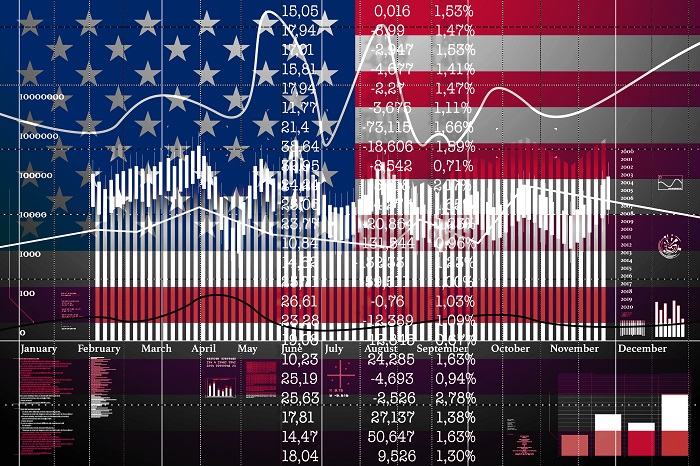NVIDIA has utilized its GPU architecture to create platforms for scientific computing, artificial intelligence (AI), data science, autonomous vehicles, robotics, and augmented and virtual reality. Co. has two segments: Graphics, which includes GeForce GPUs for gaming and PCs, the GeForce NOW game streaming service and related infrastructure, and solutions for gaming platforms, and Quadro/NVIDIA RTX GPUs for enterprise workstation graphics; and Compute and Networking, which includes Data Center platforms and systems for AI, high-performance computing, and accelerated computing, Mellanox networking and interconnect solutions, and cryptocurrency mining processors. We show 59 historical shares outstanding datapoints in our NVDA shares outstanding history coverage, used to compute NVDA market cap on those dates.
Understanding the changing numbers of shares outstanding, the changing
share price, and the resulting changing NVDA market cap history over the course of time is important for investors
interested in comparing NVDA's market cap history versus its peers.
Many "beginner" or "novice" investors will look at one stock trading at a price of $10 per share and another trading at
a price of $20 per share and think the latter company is worth twice as much. Of course, that is a completely meaningless comparison without also knowing how many shares outstanding there are for each of the two companies,
and then calculating their respective market caps. Comparing the share price of NVDA versus a peer is one thing; comparing
NVDA market cap versus a peer is a completely different story.
Furthermore, via fluctuation both in per-share price and in the number of shares outstanding (via issuance of new shares over time, the repurchase of existing shares),
the market cap for a company like NVDA can fluctuate over the course of history.
With this page we aim to empower investors researching NVDA by allowing them to research the NVDA market cap history. |

